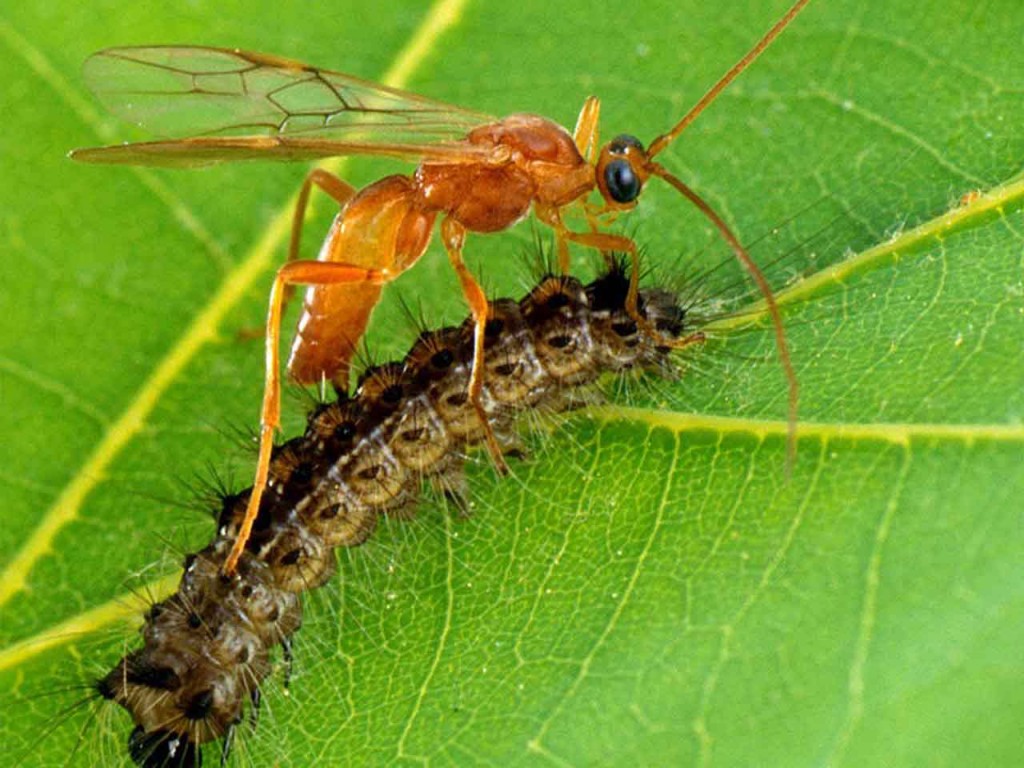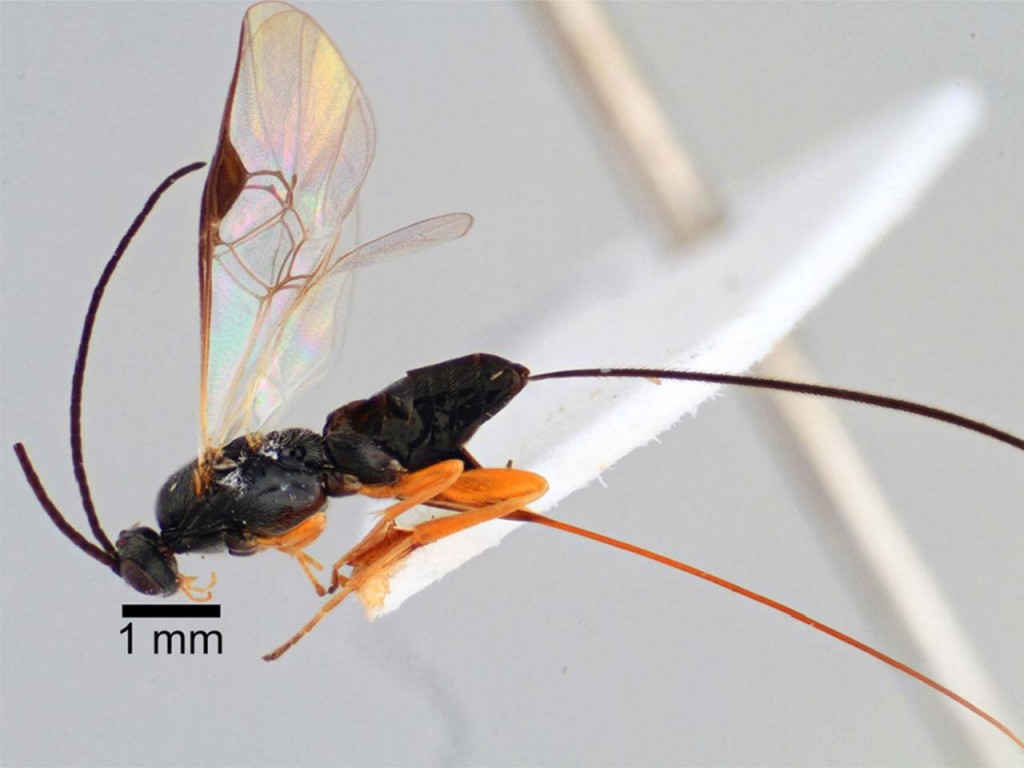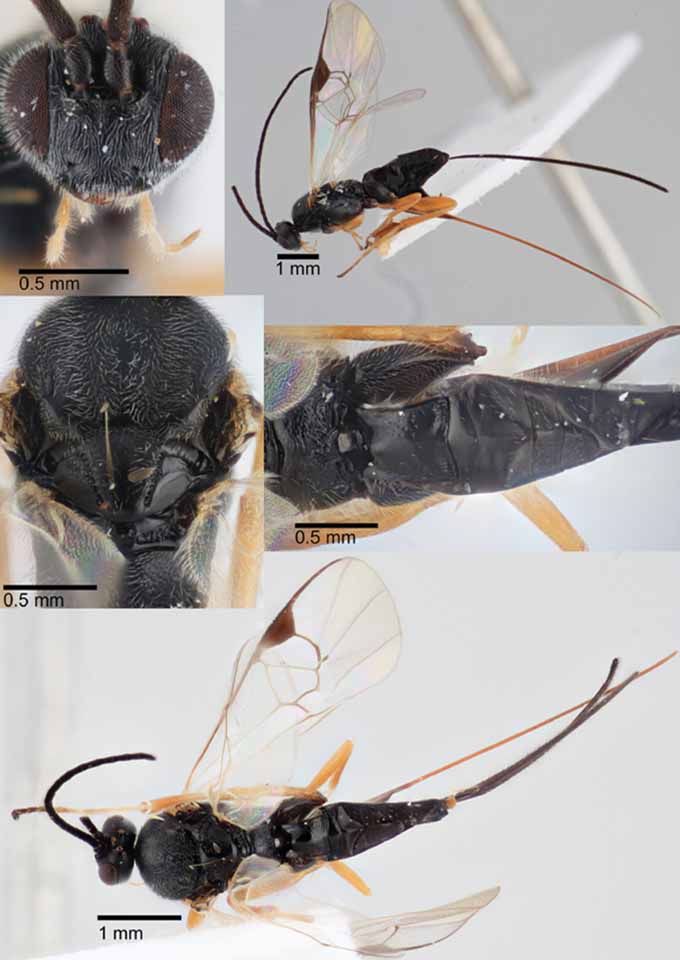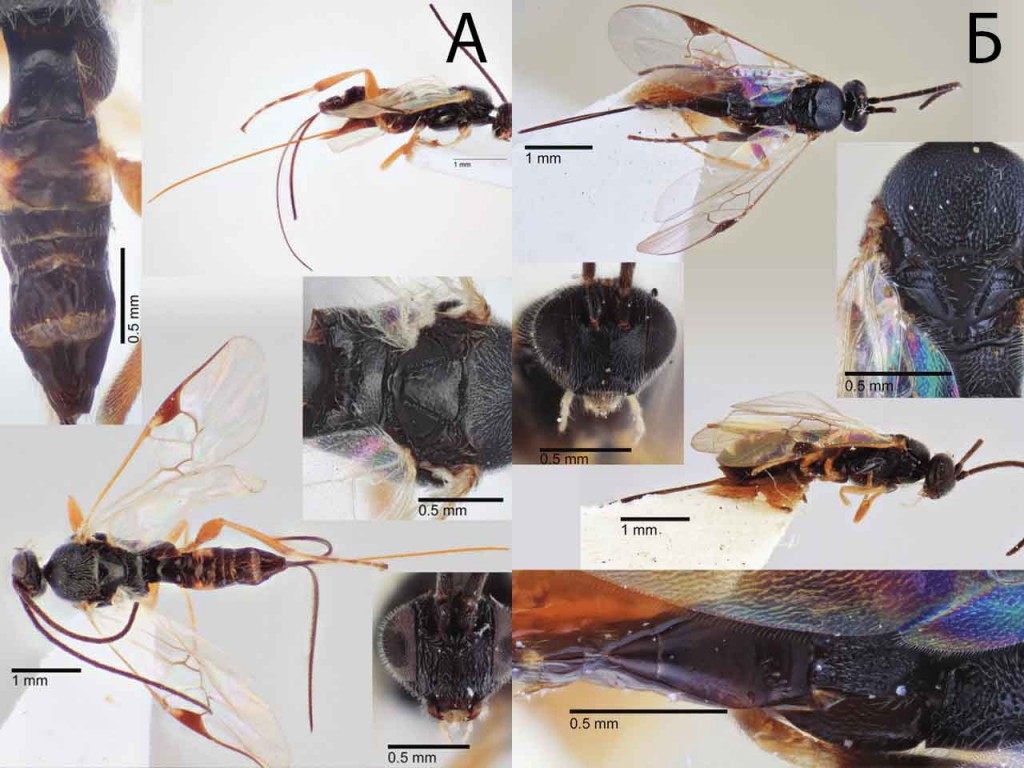August 21, 2020
«Aliens» in Australia: scientists named a new species of parasitic wasps after the aliens from the famous movie
Nature is a genius inventor. The organisms and mechanisms she invented are complex and unusual, and often serve as a source of inspiration for scientists, artists, and writers. In many creatures created by the imagination of man, you can find features of real animals. But it also happens the opposite, when scientists discover a new species, find familiar details in it and name it after the hero of fairy tales, legends and movies.
In 2018, scientists from the University of Adelaide in Australia discovered three new species of insect riders or parasitic wasps in the South-Western part of the continent. Riders differ from the usual wasp in that instead of a sting, they have a long and thin ovipositor. It is necessary for insects to lay eggs in the victim's body. Most often they are butterfly caterpillars and beetle larvae, but there are species that parasitize adult insects and spiders. Riders are parasitoids. Unlike parasites, the parasitoid lives in the host body only in the larval stage, gradually eating and killing it. The adult leaves the victim's body and lives on its own. As adults, they begin to search for a new incubator, now for their offspring. The name” riders " these insects received for the fact that, when laying eggs, they are located above the body of the victim, as if they want to ride it on horseback.
Riders are parasitoids. Unlike parasites, the parasitoid lives in the host body only in the larval stage, gradually eating and killing it. The adult leaves the victim's body and lives on its own. As adults, they begin to search for a new incubator, now for their offspring. The name” riders " these insects received for the fact that, when laying eggs, they are located above the body of the victim, as if they want to ride it on horseback.
In the same way, xenomorphs - a fantastic race of aliens from the movie “Aliens”, invented by screenwriter Dan O'bannon and Swiss artist Hans Rudolf Giger-raised their offspring. Only the Aliens did not parasitize on caterpillars, but on people. When they got out of their host's body, they, like the parasitic wasps, killed it.

Dolichogenidea xenomorph
It is not surprising that scientists remembered these creatures when they came up with names for newly discovered species. All three new species of riders have unusually long ovipositors. One of the authors of the discovery, Alexander Finch, named the first species Dolichogenidea finchi in honor of his grandfather. The other was named Dolichogenidea mediocaudata for the average size of the ovipositor, longer than most parasitic wasps, but smaller than the other two new species. The owner of the most impressive ovipositor was given the name Dolichogenidea xenomorph in honor of the Alien race-xenomorphs. This wasp is as black and shiny as the aliens from the movie, and has some features in the structure of the body that distinguish it from its relatives. Therefore, the name “Xenomorph”, which translates as” strange form", it is quite suitable.
 А-Dolichogenidea finchi, Б-Dolichogenidea mediocaudata.
А-Dolichogenidea finchi, Б-Dolichogenidea mediocaudata.
All three species are parasitic on the caterpillars of butterflies that eat eucalyptus leaves, and, fortunately, they do not pose any danger to humans.
On the contrary, it is believed that many riders benefit agriculture by destroying the caterpillars and larvae of pests. But despite this, their image remains intimidating.
Currently, there are more than 100,000 known species of riders, and the discovery of new ones is not uncommon. Scientists often show a remarkable imagination and sense of humor, coming up with names for them. There are species named after brad pitt, Idris Elba, Tinker bell, count Dracula, and even Toblerone chocolate.
Read more
July 31, 2024
April 12, 2024
April 5, 2024